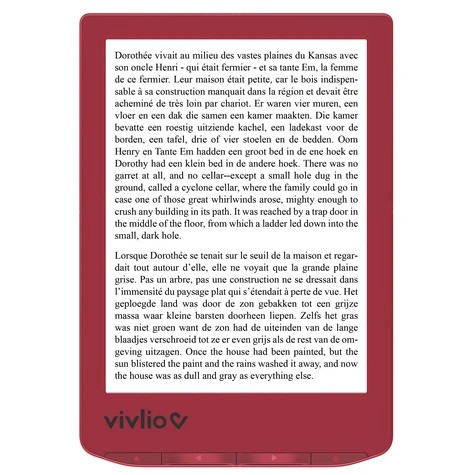En cours de chargement...
The aim of the book is to help emerging Chinese opera singers and their teachers grapple with the differences of singing techniques, languages and cultures. The writers set out to explore differences between Western and Chinese singing, teaching methods and students of singing. The basic principle has been that, physiological basis and effort for work being an individual variable, the quality of singing depends on the cultural background of the singer, the music they perform and the training they receive.
The writers try to find out what kinds of cultural differences are important to observe if Chinese learners of singing want to match the most important ideals of the classical European musical world, how their background affects their work, and whether they can make a career of European singing on its own, or together with a career in Chinese singing. In the first part of the book, the writers look at the most important parts of the body involved in producing quality singing.
They show how those body parts are considered and used in the Italian, German, French, English and Chinese teaching schools and find that in the European schools, the teaching and performing ideals are somewhat different from each other, and that the general musical background in China is drastically different from most of the background in Europe. As a result, Chinese students of European singing are advised to take special care to change some of their habits which are the results of their cultural background, and, by practicing hard, to make different habits become second nature if they are to succeed on the classical stage.
Some of such important habits that need changing are associated with breathing techniques, vocalizing techniques, and language skills. It is shown that most of those habits are the consequences of the cultural background; therefore, some typical styles of traditional Chinese singing are discussed to give the reader an overall idea about the inheritance of Chinese singers. It is also pointed out that understandability plays a larger role in traditional Chinese singing than in classical European music, which creates further technical problems for singers of Chinese, or other Asian origin.
In the second part, the effects of differences among the five languages are explored and it is pointed out that for an Asian student of classical singing, learning foreign languages may be even more important in their singing career than it is for European or American singers. Some aspects of language may benefit them in producing good legato singing, for example, but most language differences create important obstacles for them.
In the last part, the authors discuss methods and behaviour necessary for understanding the difficulties and for helping the Chinese students of classical singing in becoming good classical musicians. Some aspects of their cultural background of learning, like the culture of moving on stage, helps them, but others, like the custom of rote learning, or the fear from public reciting, or a lack of language learning possibilities, create some problems for development.
On the other hand, it is also pointed out that if the teacher considers students as individuals with achievements in the course of learning, maintains a positive atmosphere in the singing lessons, uses flexible methods suited to the students' further development, gives extra help with language problems and some technical problems like breathing, or the positioning of the throat, Chinese and Asian singers have no less chance of becoming outstanding artists of European classical music than singers with any other background.
Video/audio material was collected and linked to the book to compare aspects of singing in practice to illustrate certain points of interest.






